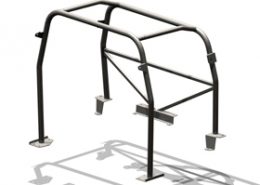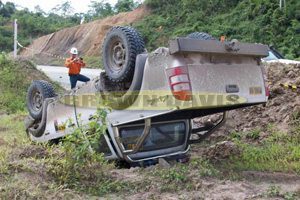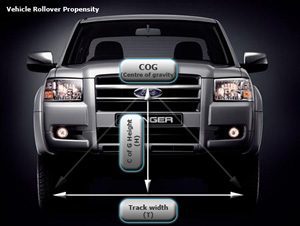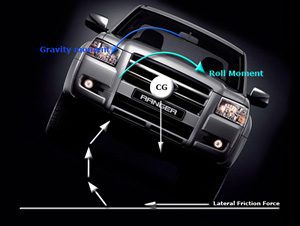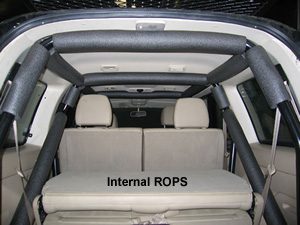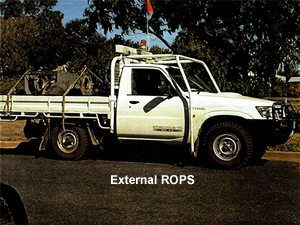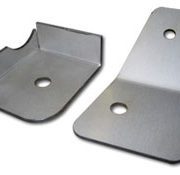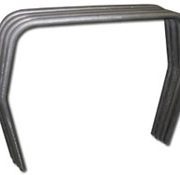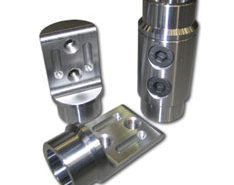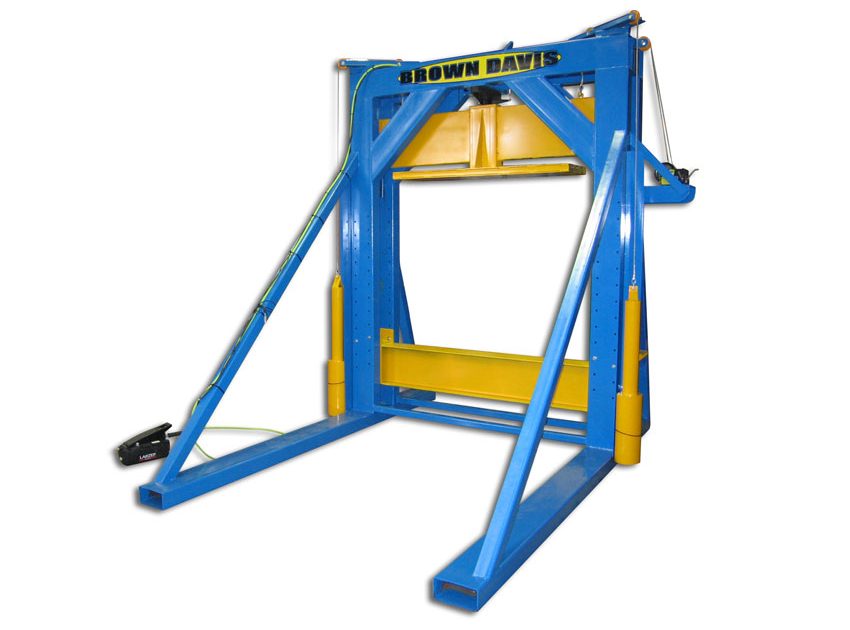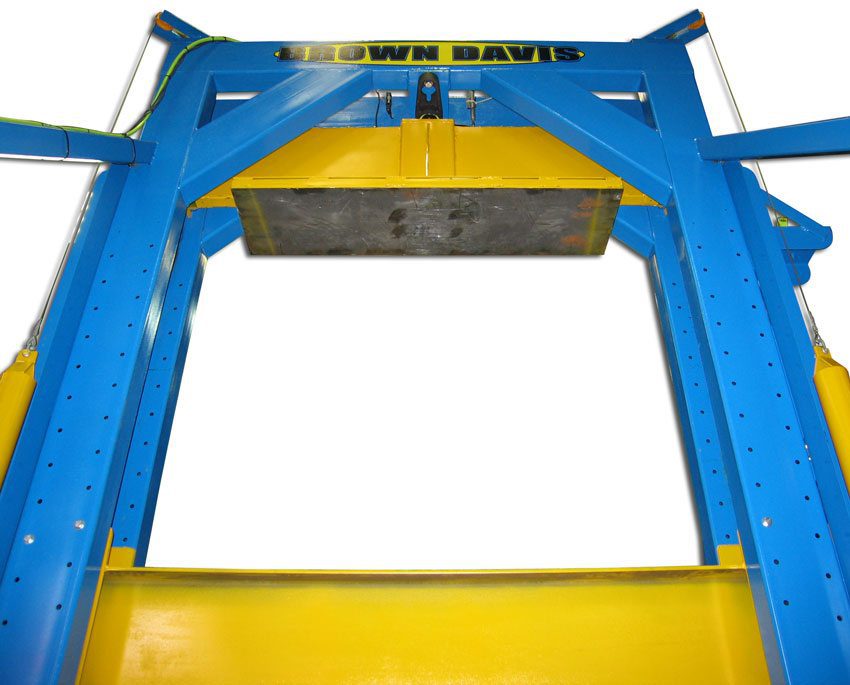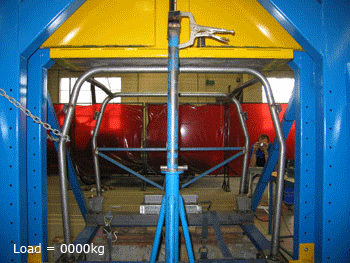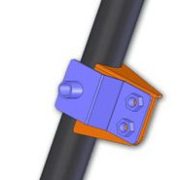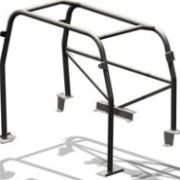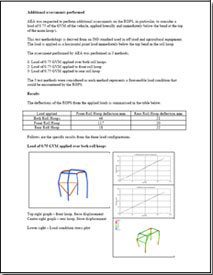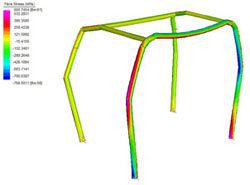Roll Over Propensity
The most common scenario of a rollover accident occurs when quick evasive or corrective steering action is required, and taller and heavier vehicles are more likely to ‘trip over’.
A vehicles rollover propensity or ‘the tendency of a vehicle to roll’, can be calculated through a simple mathematical formula of T/2H (where ‘H’ = height of the Centre of Gravity of the vehicle; and ‘T’ = vehicle track width). Put simply, the higher the vehicle’s centre of gravity, and the narrower the track width, the greater the chance of a rollover accident occurring.
A very important and often overlooked aspect to this formula, is that the vehicle’s occupants and payload actually raise the vehicle’s Centre of Gravity, and can play a big part in the rollover likelihood. Inline with this, having additional mass up high on the vehicle, like that represented by most external ROPS, will result in a higher propensity to rollover. It would seem in conflict to produce a type of ROPS structure that gives the vehicle a higher propensity to rollover.
Research conducted by the National Transportation Safety Board in the USA (NTSB/SR-02/03 PB2002-917005) on the rollover propensity of 15-passenger vans directly relating to occupancy level concluded that, 15-passenger vans with 10+ occupants (despite the 15-passenger rating) had 3 times the rollover ratio to that with fewer occupants, thus evidently proving the importance of occupant/load weight on the roll over propensity of a vehicle.


